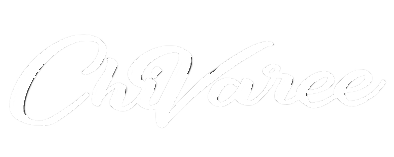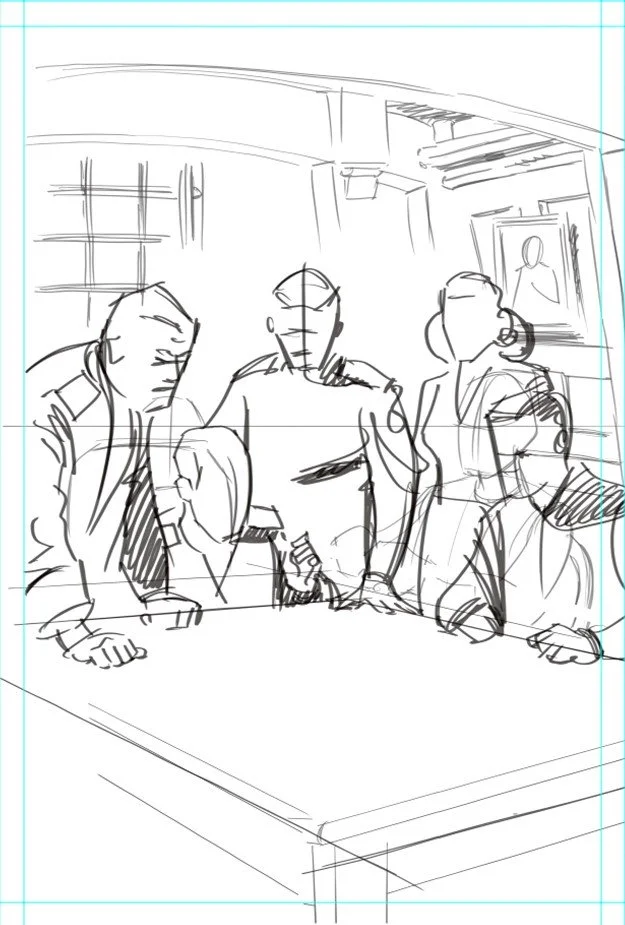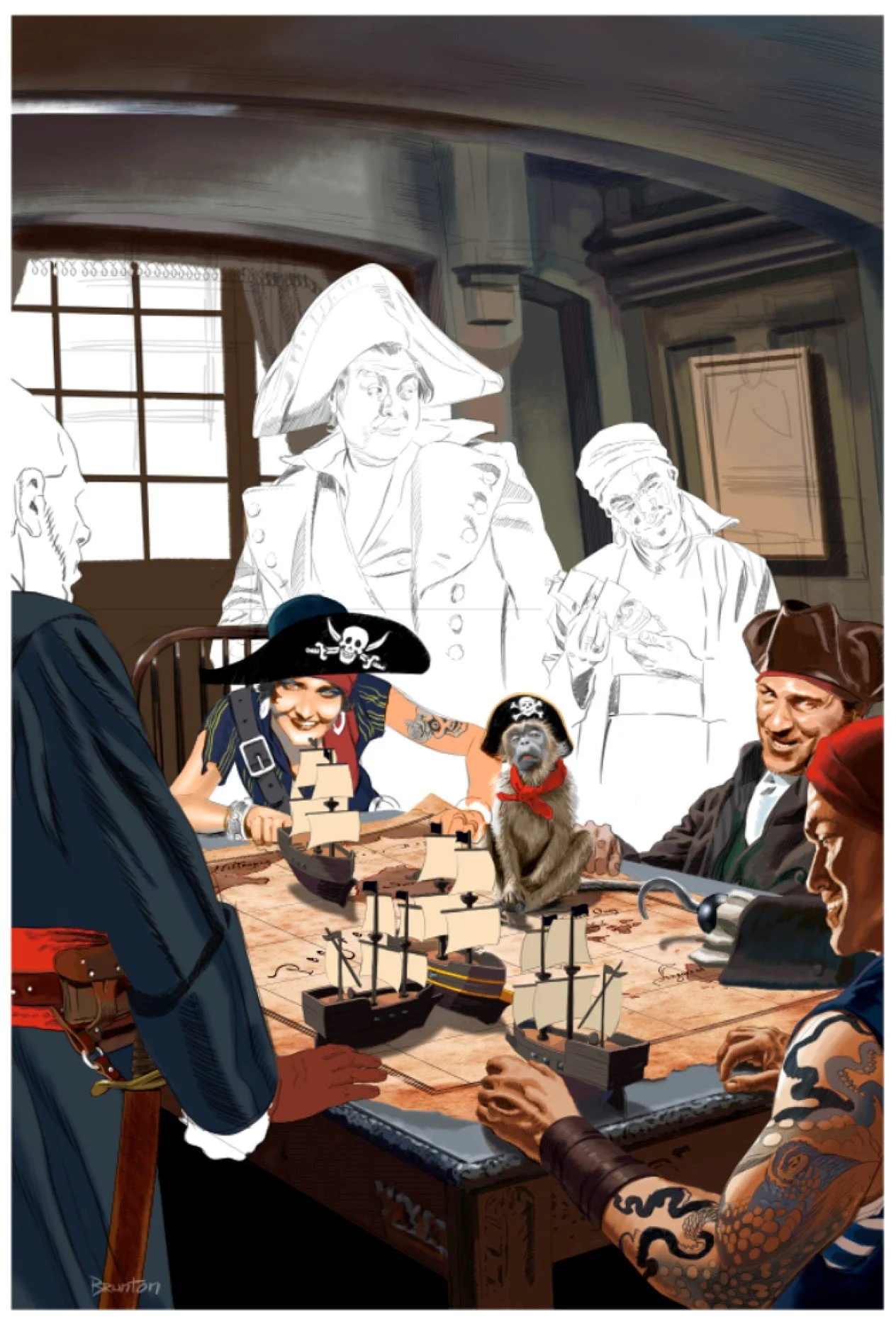Many people were asking me about the illustrations for the Destiny books, done brilliantly by my good friend and colleague Chris Brunton.
I asked him to do something up for the blog on the book website and the following is what he came up with. Below is a short commentary on his artistic process followed by examples of the illustration in progress and the final product.
A side note: I give Chris the words/manuscript and he chooses what he wants to illustrate. He has total artistic freedom which works for both of us and he nails the story every time. Over to you, Chris!
… or if a quick answer will suffice, yes, I use a drawing tablet with a pen that mimics a range of real world strokes or marks and effectively turns my computer into a sketch pad or canvas.
I work entirely in photoshop at a high PPI (350px at print size) using a collection of limited custom brushes that simulates pencil, ink pen, pastel, charcoal and other traditional marks. I say limited because I feel like with photoshop you have to consciously work not to allow it to end up looking synthetic and setting limits on yourself is a good guard.
Due to the non-cartoony finish I’m seeking, I try and source as much photographic reference material as possible (this is critical for ships and rigging and such, stuff you just can’t fudge). For people I take photos myself using mostly Yasmin for the girls, Rob Haskins as Buttondrop, various old movie actors for pirates or if I’m desperate I grab some of my trusty old GI Joes and pose them in the closest lighting conditions to what I need. You would be amazed how handy they are for action scenes. Costumes are also referenced, again mostly from old movies or historical images.
Conceptually the work process is the same as traditional drawing or painting. I'll do multiple rough sketches until I find the right angle (composition). This is the stage I sweat over the most. Then I redraw my decided upon rough composition on a new layer as a tight key line that ends up more mechanical drawing, really a guide, most of which gets taken away as the painting progresses.
Advantages of full digital:
Plenty, but two really big ones.
If I was still working on illustration board I’d have to get the finished pieces scanned, which is expense and a dodgy proposition at best given loss of information once it becomes a second generation image.
Working across multiple layers means I can make changes on the fly. You will see in the following progression I’m not entirely settled on some of the figures. Even after I’ve started painting I can get in and redesign a section with no hassle because each character is sitting on their own layer, and those seperate from the background layer.






